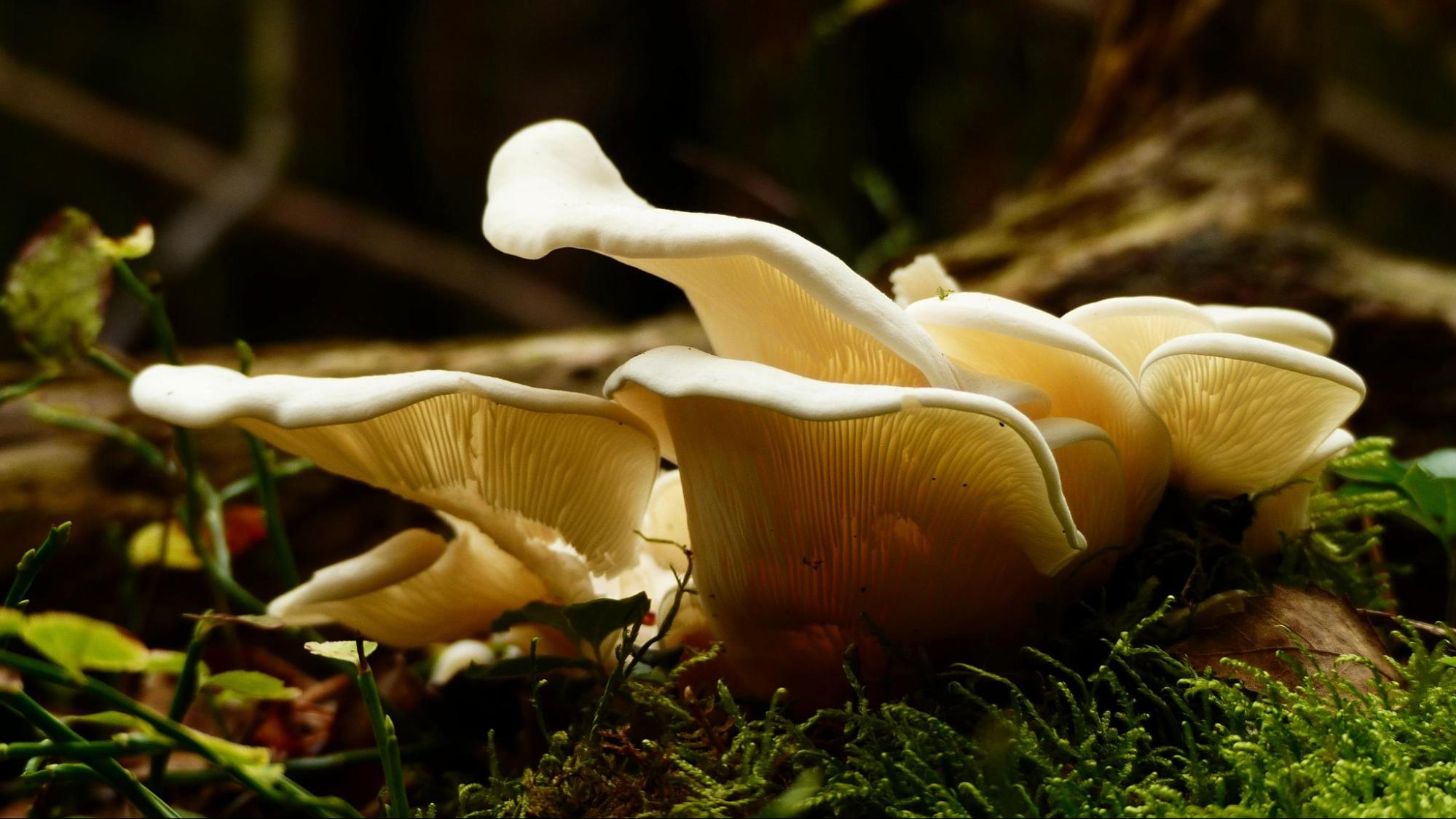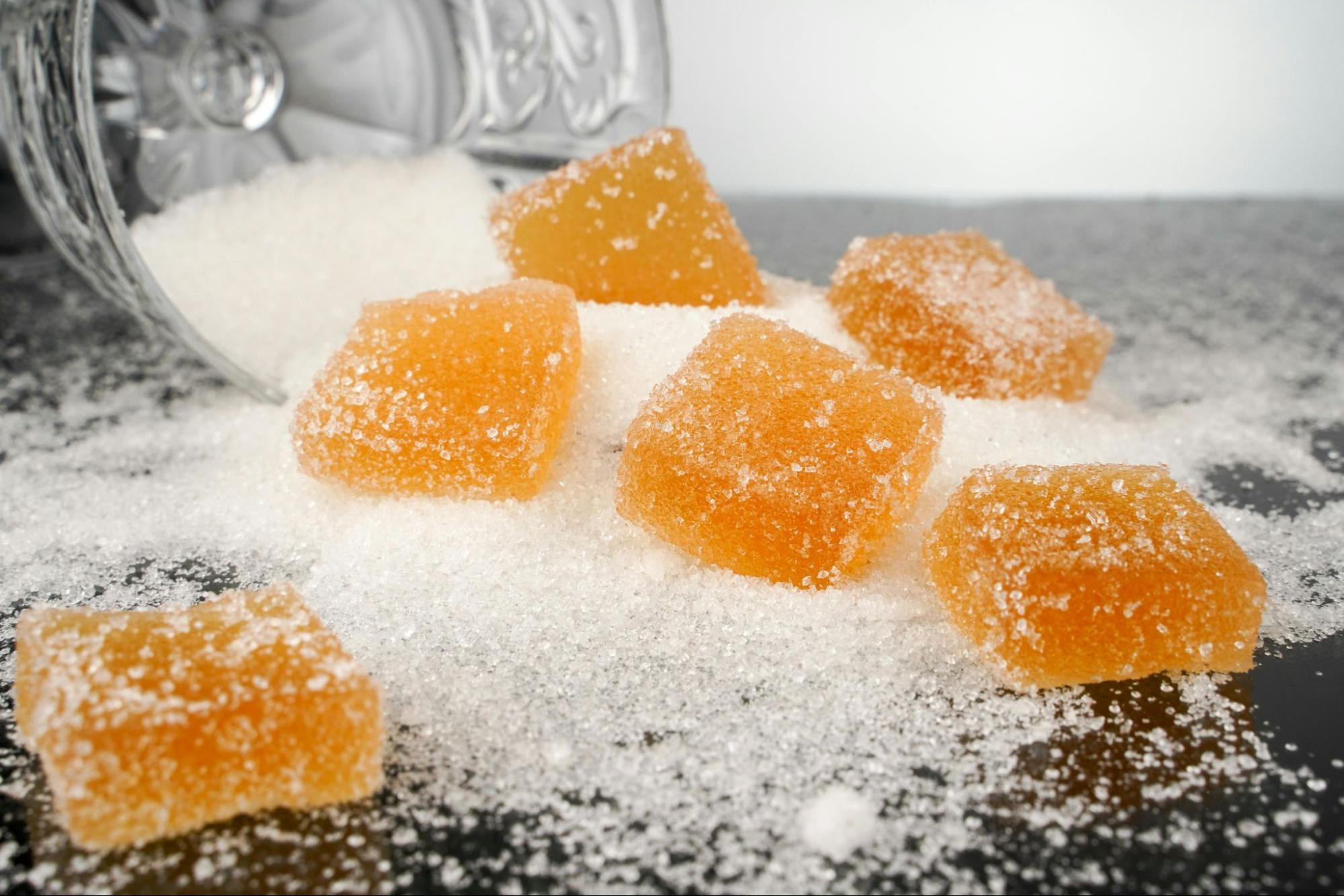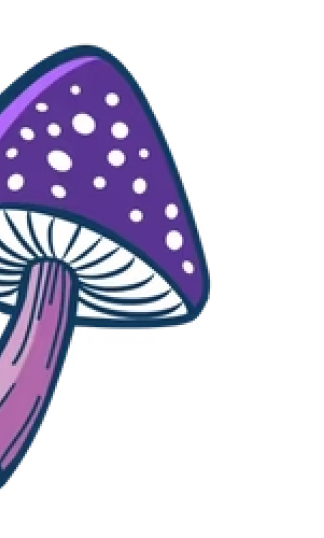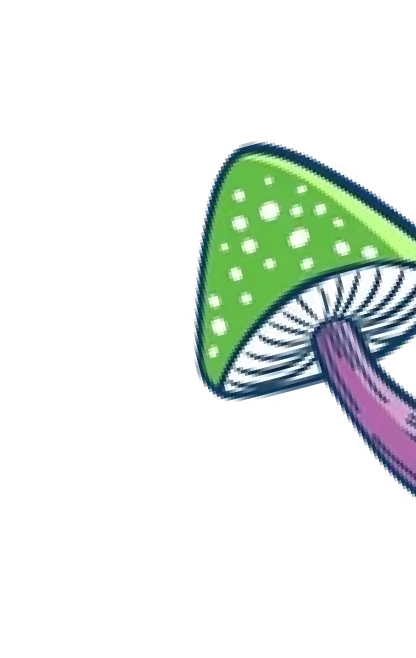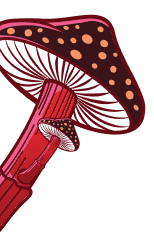Chaga, also known as Inonotus obliquus, is a medicinal mushroom that has gained popularity in recent years due to its potential health benefits. However, identifying genuine Chaga can be challenging, as there are several look-alikes in nature. In this article, we will explore the characteristics of Chaga and its common imposters, as well as key differences between them. We will also discuss the safe and responsible harvesting of Chaga, including ethical considerations. By the end, you will be equipped with the knowledge needed to confidently identify Chaga and avoid its deceptive counterparts.
Understanding Chaga: An Overview
Before delving into the identification process, it is essential to understand what Chaga is and why it has gained such a reputable status as a natural remedy. Chaga is a parasitic fungus that infects birch trees. It typically appears as a black, charred-looking growth on the trunk of the tree. The Chaga fungus has been used for centuries in traditional medicine and is believed to have various health benefits.
Chaga has a rich history in traditional medicine, particularly in Siberia and Russia, where it has been revered for its medicinal properties for generations. Known by the scientific name Inonotus obliquus, Chaga is often referred to as the "King of Herbs" due to its potent healing abilities. The fungus forms a unique bond with the birch tree, drawing out nutrients and creating a powerful symbiotic relationship.
What is Chaga?
Chaga is a type of mushroom that belongs to the Hymenochaetaceae family. It primarily grows on birch trees in cold regions such as Siberia, Russia, and some parts of North America. The Chaga fungus penetrates the bark of the birch tree, forming a symbiotic relationship with it. Over time, a black, crusty conk-like structure develops on the tree, which is the characteristic appearance of Chaga. The conk can range in size from a few centimeters to several meters in diameter.
Harvesting Chaga is a delicate process that requires expertise and care to ensure the sustainability of this valuable resource. The conk must be carefully removed from the tree without causing harm to the host, allowing for future growth and continued symbiosis. Once harvested, Chaga can be dried and prepared for various medicinal uses, such as teas, tinctures, and extracts.
The Health Benefits of Chaga
Chaga has been traditionally used in folk medicine for its potential health benefits. It is claimed to have anti-inflammatory, antioxidant, and immune-boosting properties. Some studies suggest that Chaga may help support immune system function, reduce inflammation, and even exhibit anti-cancer properties. However, further research is needed to fully understand and confirm these potential benefits.
One of the key components of Chaga's health benefits is its high concentration of antioxidants, which help combat oxidative stress and protect the body from damage caused by free radicals. These antioxidants, such as superoxide dismutase and triterpenes, play a crucial role in promoting overall well-being and longevity. Incorporating Chaga into your wellness routine may offer a natural way to support your immune system and promote optimal health.
The Unique Characteristics of Chaga
When identifying Chaga, it is important to focus on its appearance and texture, as well as its habitat and growth patterns.
Chaga, scientifically known as Inonotus obliquus, is a parasitic fungus that thrives in cold climates, particularly in regions with birch forests. This unique fungus has been used for centuries in traditional medicine for its potential health benefits. In addition to its medicinal properties, Chaga is also gaining popularity as a functional food and a key ingredient in various health supplements.
Appearance and Texture
Genuine Chaga has a distinctive appearance that sets it apart from its look-alikes. It has a dark, charred exterior, often resembling a large piece of burnt wood or coal. The surface texture can vary, with some specimens displaying a rough, cracked texture, while others have a smoother, more polished surface. It is important to note that genuine Chaga does not have any soft or spongy areas.
When harvested, Chaga is typically removed from the birch tree in chunks or large pieces. These chunks can vary in size and weight, with some specimens reaching several pounds. The interior of Chaga is a rusty brown color, with a cork-like texture that becomes harder with age. This unique texture is one of the key indicators of authentic Chaga.
Habitat and Growth Patterns
Chaga grows exclusively on birch trees, specifically on the trunk and branches. It can be found in both living and dead birch trees, although it is more commonly found on dead or dying trees. Chaga does not have a uniform growth pattern and can appear on any part of the tree. However, it tends to favor areas with wounds or injuries, as the fungus establishes itself by penetrating the tree's bark.
One interesting aspect of Chaga's growth is its slow development rate. It can take years for Chaga to reach a harvestable size, with some specimens requiring up to 20 years to fully mature. This slow growth contributes to the rarity and value of authentic Chaga, making it a prized find for foragers and herbalists alike.
Common Chaga Look-Alikes in Nature
While Chaga has its unique characteristics, there are several fungi that can be mistaken for Chaga. The two most common look-alikes are Birch Polypore and Black Knot Fungus.
It's important for foragers and nature enthusiasts to be able to differentiate between these similar-looking fungi to avoid any confusion or misidentification.
Birch Polypore: A Common Imposter
Birch Polypore, also known as Piptoporus betulinus, is a fungus that shares a similar habitat with Chaga. It grows on birch trees, often appearing as a bracket or shelf-like conk. Birch Polypore can be confused with Chaga due to its blackened appearance. However, it lacks the characteristic texture and hardness of Chaga. Unlike Chaga, Birch Polypore is soft and spongy to the touch.
One key distinguishing feature of Birch Polypore is its medicinal uses. While Chaga is known for its antioxidant properties and immune-boosting benefits, Birch Polypore is traditionally used for its anti-inflammatory and antibacterial properties. It has been used in folk medicine for centuries to treat various ailments.
Black Knot Fungus: Another Deceiver
Black Knot Fungus, scientifically known as Apiosporina morbosa, is a plant pathogen that affects various fruit trees, including cherries and plums. It forms dark, swollen galls on the branches, which can resemble Chaga from a distance. However, Black Knot Fungus does not possess the distinctive texture or charred appearance of Chaga. Furthermore, it is typically found on fruit trees rather than birch trees.
Despite its deceptive appearance, Black Knot Fungus plays a crucial role in the ecosystem by decomposing plant matter and recycling nutrients back into the soil. It serves as a reminder of the intricate web of interactions that exist in nature, where even the most seemingly harmful organisms have a purpose.
Key Differences Between Chaga and Its Look-Alikes
While visual cues are important for identifying Chaga, there are key differences between Chaga and its look-alike species that can help distinguish them with a higher degree of certainty.
Understanding these differences is crucial for foragers and enthusiasts looking to harvest Chaga for its medicinal properties and unique flavor.
Comparing Physical Attributes
One of the noticeable differences is the texture. Genuine Chaga is hard and woody, while its look-alikes, such as Birch Polypore, tend to be soft and spongy. Additionally, Chaga has a distinct black, charred appearance, whereas Birch Polypore and Black Knot Fungus may have a blackened exterior as well, but lack the solid, crack-like texture of Chaga.
Another physical attribute to consider is the shape of the fungus. Chaga typically grows in irregularly formed chunks or conks protruding from the tree bark, resembling a burnt mass. In contrast, Birch Polypore often displays a more shelf-like growth pattern, with a softer, velvety underside.
Distinguishing Growth Locations
The habitat and growth patterns of Chaga also differ from its look-alikes. Chaga primarily grows on birch trees, while Birch Polypore and Black Knot Fungus have different preferred hosts. Birch Polypore is commonly found on living trees, while Black Knot Fungus infects fruit trees. By paying attention to the host tree species, one can differentiate between Chaga and its look-alikes.
Furthermore, the geographical distribution of these fungi can vary. Chaga is often found in colder climates, such as northern regions with birch forests, while Birch Polypore has a more widespread distribution, including both temperate and boreal forests.
Safe and Responsible Harvesting of Chaga
Harvesting Chaga requires careful consideration to ensure sustainability and minimize harm to both the fungus and the environment.
Chaga, a parasitic fungus that grows on birch trees in cold climates, has been used for centuries in traditional medicine for its potential health benefits. The unique appearance of Chaga, resembling a burnt clump of charcoal on the tree bark, makes it easily identifiable for harvesters. However, the increasing popularity of Chaga products has raised concerns about overharvesting and ecological impact, highlighting the importance of responsible harvesting practices.

When and How to Harvest Chaga
The best time to harvest Chaga is during the dormant season when the reproductive cycle of the fungus is low. This typically occurs during late fall or winter. When harvesting Chaga, it is crucial to avoid damaging the tree or removing excessive amounts of the fungus. Only a portion of the Chaga conk should be taken, allowing the remaining Chaga to continue growing and supporting the ecosystem.
Harvesting Chaga requires both skill and knowledge to ensure sustainable practices. Proper tools, such as a sharp knife or axe, should be used to carefully remove the Chaga without causing unnecessary harm to the tree. Harvesters should also be aware of the specific growth patterns of Chaga to avoid disrupting its natural development.
Ethical Considerations for Chaga Harvesting
Responsible harvesting of Chaga involves respecting the natural environment and sustainability practices. It is important to obtain proper permits if required, and to harvest Chaga in a way that minimizes the impact on the tree and its surroundings. Additionally, it is essential to leave behind enough Chaga to allow for regeneration and future growth. By adhering to ethical considerations, we can help preserve the health of the forest ecosystem while benefiting from the properties of Chaga.
Furthermore, engaging with local communities and indigenous groups can provide valuable insights into traditional harvesting methods and the cultural significance associated with Chaga. Collaborating with experts in mycology and environmental conservation can also enhance our understanding of the ecological role of Chaga in forest ecosystems, guiding sustainable harvesting practices for future generations.
Conclusion
In conclusion, identifying Chaga and its look-alikes in nature requires careful observation and knowledge of their distinct characteristics. Chaga stands out with its hard, charred appearance and exclusive association with birch trees. Birch Polypore and Black Knot Fungus, on the other hand, have softer textures and different growth patterns. By understanding these differences and considering ethical harvesting practices, we can confidently identify genuine Chaga while avoiding its deceptive counterparts. The experts have it down at Melting Forest and have incorporated Chaga into their energy and wellness boosting Daily Mushroom Gummies. The next time you come across a black growth on a birch tree, examine it closely – it might just be the elusive energy packed Chaga, waiting to be discovered.


